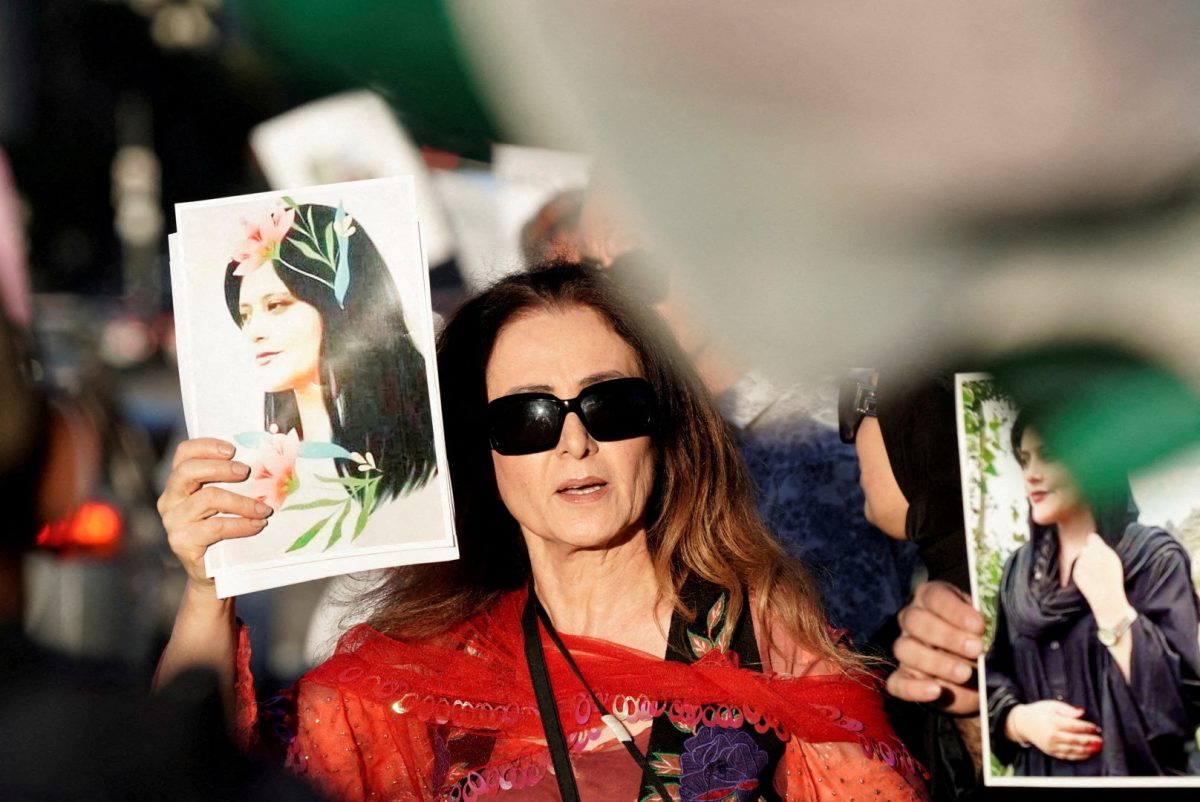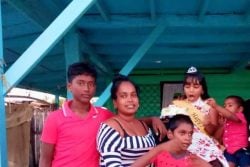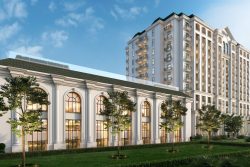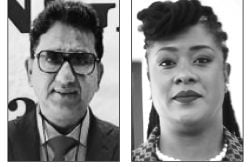DUBAI, (Reuters) – Iranian security forces intensified a crackdown on anti-government protests in several Kurdish cities yesterday, as demonstrations elsewhere in Iran spread into the country’s vital energy sector.
Protests have swept Iran since Mahsa Amini, a 22-year-old from Iran’s Kurdish region, died on Sept. 16 while being held for “inappropriate attire”, marking one of the boldest challenges to the Islamic Republic since the 1979 revolution.
While university students have played a pivotal role in the protests with dozens of universities on strike, unconfirmed reports on social media showed workers at Abadan and Kangan oil refineries and the Bushehr Petrochemical Project had joined in.
Iran’s oil ministry was not immediately available to comment.
A combination of mass protests and strikes by oil workers and Bazaar merchants helped to sweep the clergy to power in the Iranian revolution four decades ago.
However, analysts said that Iran’s clerical rulers will likely contain the unrest for now, and prospects of the imminent dawn of a new political order are slim.
A video on Twitter showed dozens of workers had blocked the road to the Bushehr petrochemical plant, in Assaluyeh on Iran’s Gulf coast, chanting “Death to the Dictator”.
Tensions have been especially high between authorities and the Kurdish minority which human rights groups say has long been oppressed – a charge the Islamic Republic denies.
Human rights group Hengaw reported a heavy presence of armed security forces in the Kurdish cities of Sanandaj, Saqez and Divandareh on Monday. It said at least five Kurdish residents were killed and over 150 injured in protests since Saturday.
Videos shared on social media showed protests in dozens of cities across Iran early on Monday, with fierce clashes between protesters and riot police in cities and towns across Amini’s native Kurdistan province. Iranian social media postings urged for mass protests on Wednesday.
The Iranian authorities have blamed the violence on an array of enemies including armed Iranian Kurdish dissidents, with the Revolutionary Guards attacking their bases in neighbouring Iraq a number of times during the latest unrest.
Iran has a track record of putting down unrest among its more than 10 million Kurds, part of a Kurdish minority whose aspirations for autonomy have also led to conflicts with authorities in Turkey, Iraq and Syria.
Heavy gunfire could be heard in several videos shared on Twitter by the activist 1500tasvir. A video showed several explosions creating blinding flashes in a neighbourhood of Sanandaj, the capital of the Kurdistan province.
Activists said on social media that several people, including two teenagers, were killed by security forces in the province. Reuters could not verify the videos and posts.
Unfazed by teargas, clubs, and, in many cases, live ammunition used by the security forces, according to rights groups, protesters across Iran have persist with demonstrators burning pictures of Supreme Leader Ayatollah Ali Khamenei, calling for the downfall of the clerical establishment.
At least 185 people, including 19 minors, have been killed, hundreds injured and thousands have been arrested by security forces, according to rights groups. Blaming the protests on Iran’s foreign foes, authorities said “rioters” have killed at least 20 members of the security forces.
School girls across Iran have joined the protests, videos on social media showed.
“Hey world, hear me: I want a revolution. I want to live freely and I am ready to die for it,” said a 17-year-old protester in a central Iranian city, whose name and location could not be revealed by Reuters due to security concerns.
“Instead of dying every minute under this regime’s repression, I prefer to die with their (security forces) bullets in protests for freedom.”






